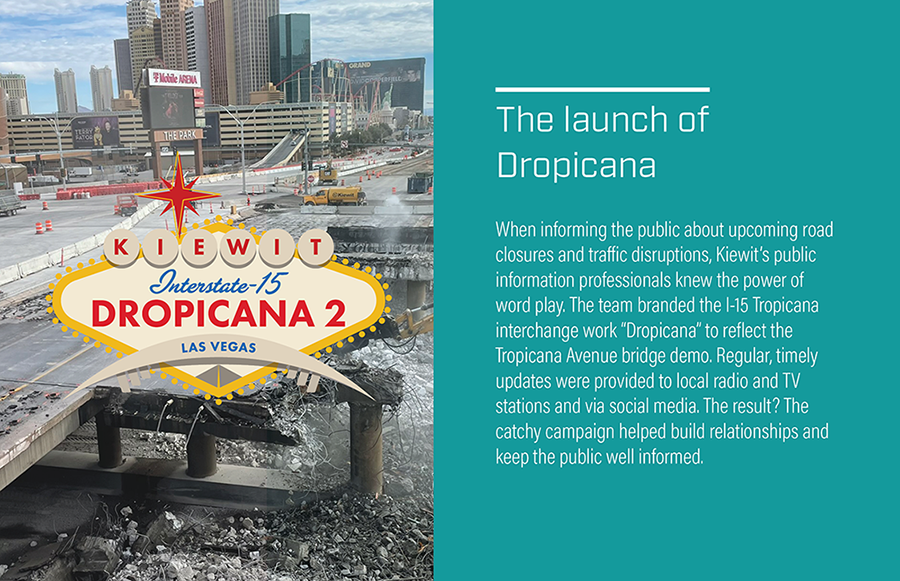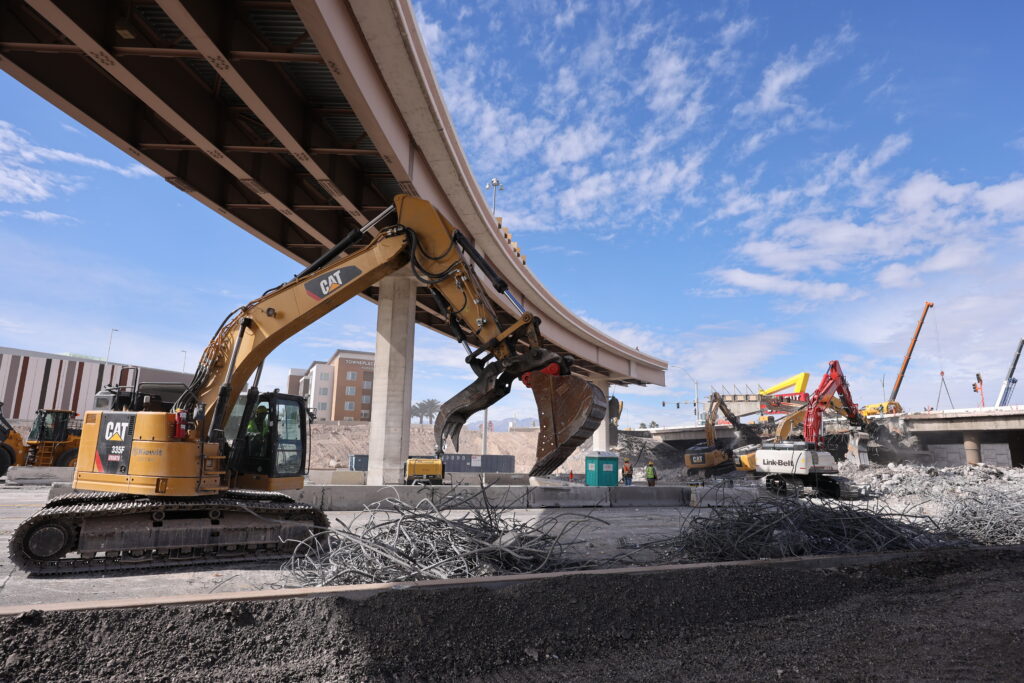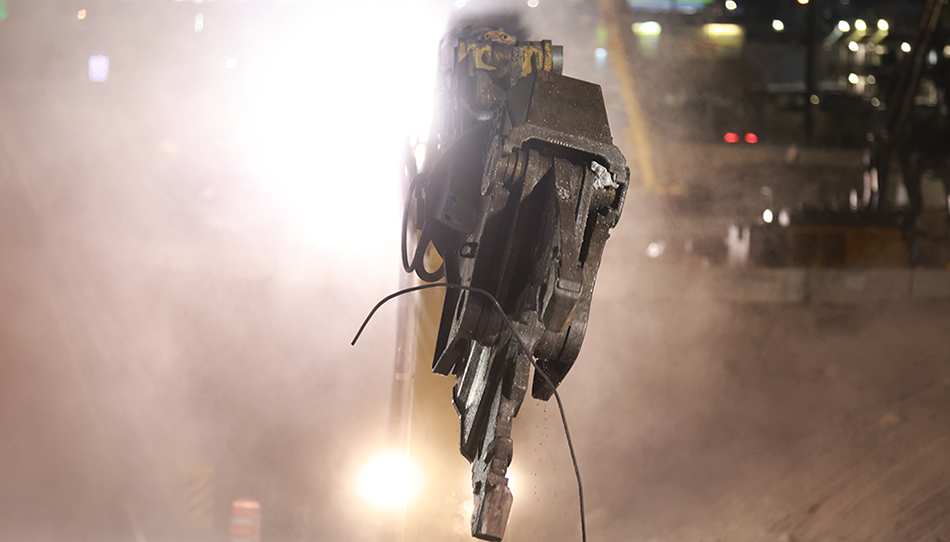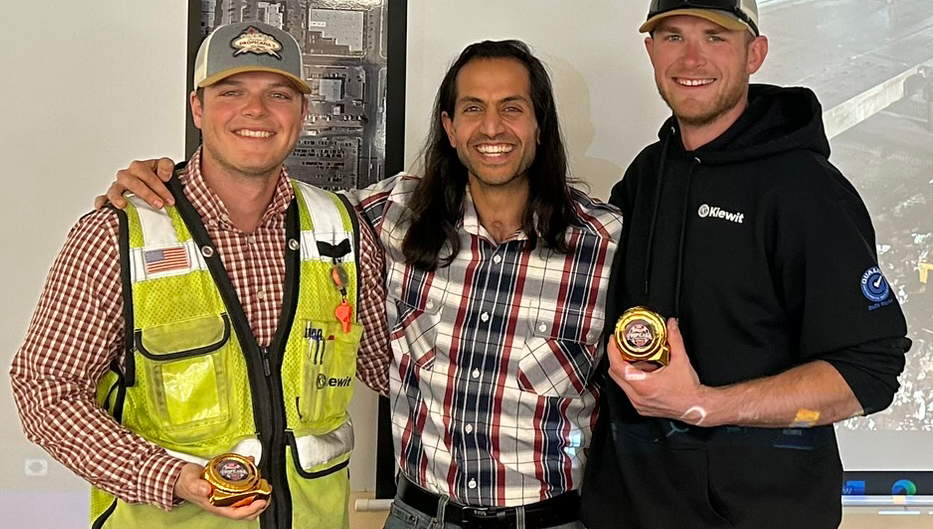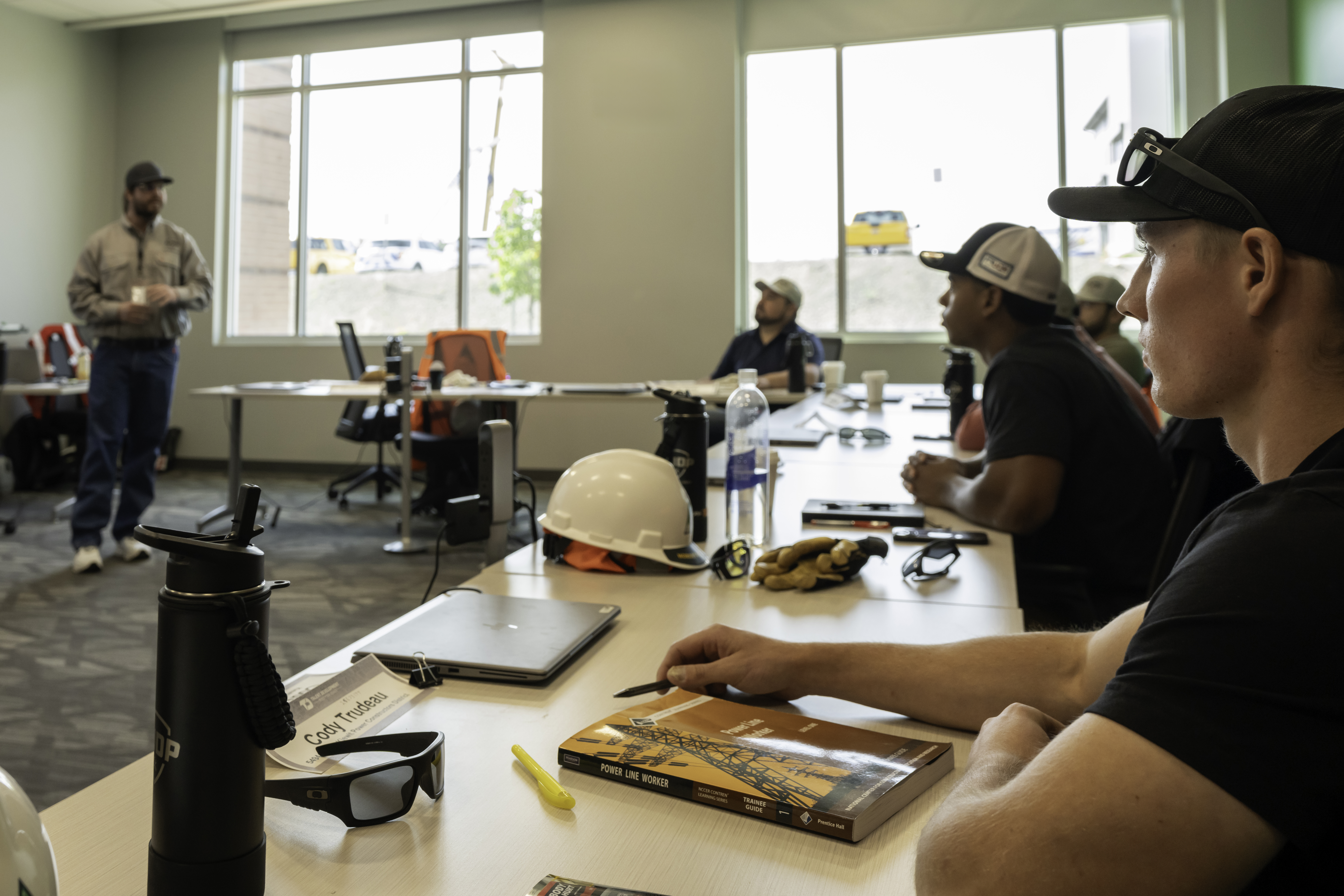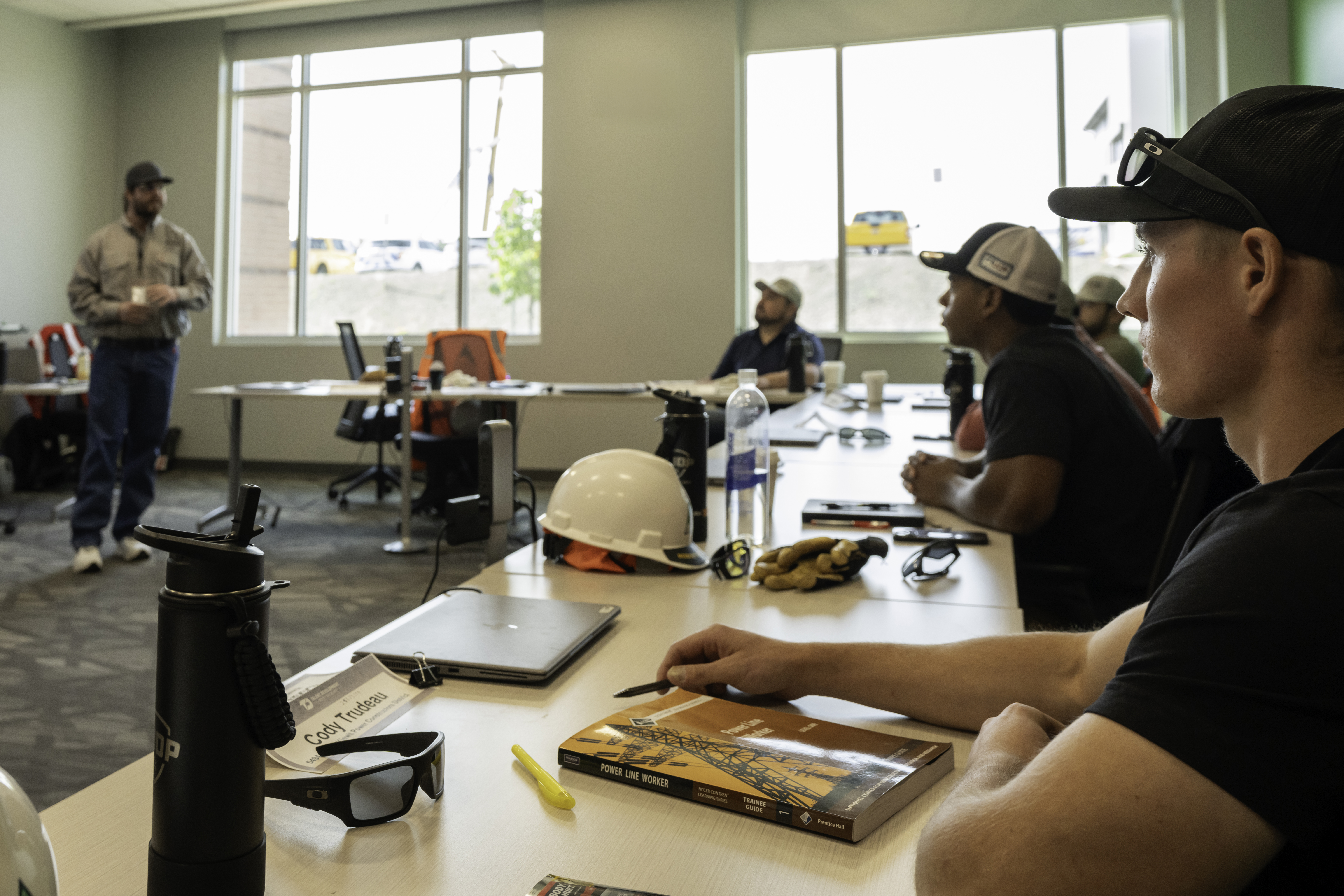With a population of 113,000, Las Vegas was still a relatively small desert town in 1966. But that same year, the opening of the I-15 Tropicana Interchange provided a new route for travelers from Los Angeles looking for a fun getaway.
Today, Las Vegas is home to nearly 3 million people, and projected to reach 3.39 million by 2060. The Tropicana Avenue corridor has become an important east-west route, providing access to entertainment destinations and McCarran International Airport, as well as the University of Nevada, Las Vegas and residential and commercial areas.
The road was widened in the ‘90s, but more recently it needed improvements to handle the heavy traffic and to pave the way for even more vehicles in the future. The city now draws as many as 300,000 motorists on major holiday weekends, with new resorts and professional sports teams driving traffic.
Started in 2022 and scheduled for completion in early 2025, the I-15 Tropicana Interchange project is renovating the main interchange on the Las Vegas Strip that connects I-15 and Tropicana Avenue.
Kiewit’s proactive and multi-pronged approach to the project seeks not only to raise the height of the Tropicana Avenue bridge to meet federal requirements and safely accommodate commercial vehicles, but also to widen Tropicana Avenue to four lanes in each direction and lengthen the largest bridge on the project to plan for future I-15 widening. An added bonus: By moving access road Dean Martin Drive to run under Tropicana Avenue, drivers should expect to see improvement in overall traffic flow.
A high-profile job
Sponsored by the Nevada Department of Transportation (NDOT), the Regional Transportation Commission of Southern Nevada and the Federal Highway Administration, the project has a large group of stakeholders, including government officials, motorists and local businesses.
So, when Kiewit was invited to bid the project, the team knew that it would have a lot of eyes on it, said Project Manager Jake Krause.
“It’s a complex, high-profile project, right in the middle of the Las Vegas Strip,” Krause said. “That’s a busy area with high-profile events, concerts, the 2024 Super Bowl — there are lots of things going on here.”
The design-build job was an opportunity for Kiewit to hand-assemble a team comprising experts from multiple parts of the company. The group saw opportunities for innovative solutions but also cost savings they could pass on to the project owner.
During the bid process, the team proposed several updates to the original request. These innovative Alternative Technical Concepts, or ATCs, would be instrumental in the pursuit phase, said Angelo Spata, design area manager.
“I’m not aware of any other contractor that’s set up the way we are,” Spata said. “That collaboration during the pursuit phase, where we have designers working next to our builders to come up with that preliminary design for the proposal is key.”
An innovative ATC solved the clearance issue and saved about two-thirds of the southbound off-ramp to eastbound Tropicana flyover bridge. The team suggested removing just three spans of this bridge and tying it into an existing splice point, allowing the new portion of the bridge to be elevated to obtain the 16 feet, 6 inches of clearance for the new Tropicana Avenue below.
Kiewit crews demolished the bridge during two full weekends of I-15 closures, working around the clock to process the existing concrete and remove reinforced steel.
Familiar faces
The job has reunited several Kiewit team members from another NDOT high-profile job in Las Vegas. Completed in 2019, Project NEON, an interchange reconstruction and widening of I-15 and US-95, was the largest transportation public works project in the state’s history.
Bringing back familiar faces meant the team could rekindle relationships with NDOT team members, craft and subcontractors they had gained on that project and get moving quickly, said Area Manager Chris Miske.
“A lot of that’s attributed to our safety culture and just our overall engagement with local craft and subcontractors,” Miske said. “Just the way Kiewit does business versus competitors in town — people wanted to come back to work for us. I think that really helped this job get out of the gate fast.”
Change of plans
For Kiewit, navigating the unexpected is just part of the job. In fall 2023, the work plan changed. The Tropicana interchange would need to be fully open to accommodate heavy traffic from the Strip to Allegiant Stadium, site of Super Bowl 2024 in February.
That meant Kiewit would need to finish rebuilding the north half of the interchange, a milestone originally scheduled for April 2024. Scheduling, led by Construction Manager Sam Nasser, was put to the test. Over two weeks in September 2023, Nasser, Miske and Krause overhauled the schedule and got approval from NDOT to accelerate.
Working seven days a week, bringing in additional people and resources from neighboring districts and doing some redesign to accommodate the pivot, the team delivered just in time for the big game.
Bryan Snider, NDOT acting resident engineer, commends Kiewit’s ability to meet the stringent new schedule and assemble a workforce that the owner felt comfortable with.
“If there’s an issue or there’s a question that arises, Kiewit has the ability to call on some of North America’s foremost experts in their field. Not a lot of other contractors, I’d say almost nobody has that ability,” Snider said. “Not only do I think that most contractors wouldn’t have the ability to pull that many people together, I also don’t know that they would have the ability to turn it around as quickly as Kiewit did.”
Nasser said he’s proud of the culture created on the team and the way they’ve addressed the challenges that come up, persevering and figuring out a way to resolve them.
“Every day, something new would come up, something that would be in our way,” Nasser said. “What stands out for this job is our perseverance and our willingness to come together and figure it out with a no-matter-what-it-takes kind of attitude.”
